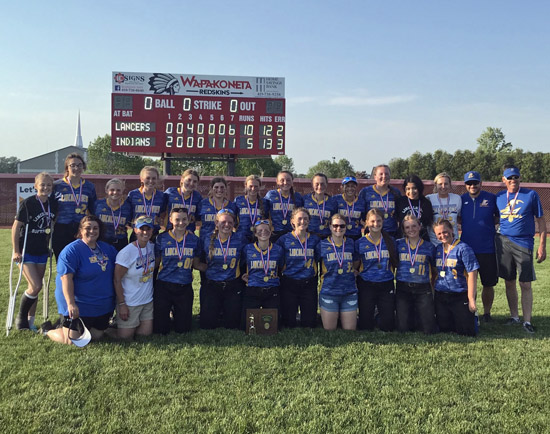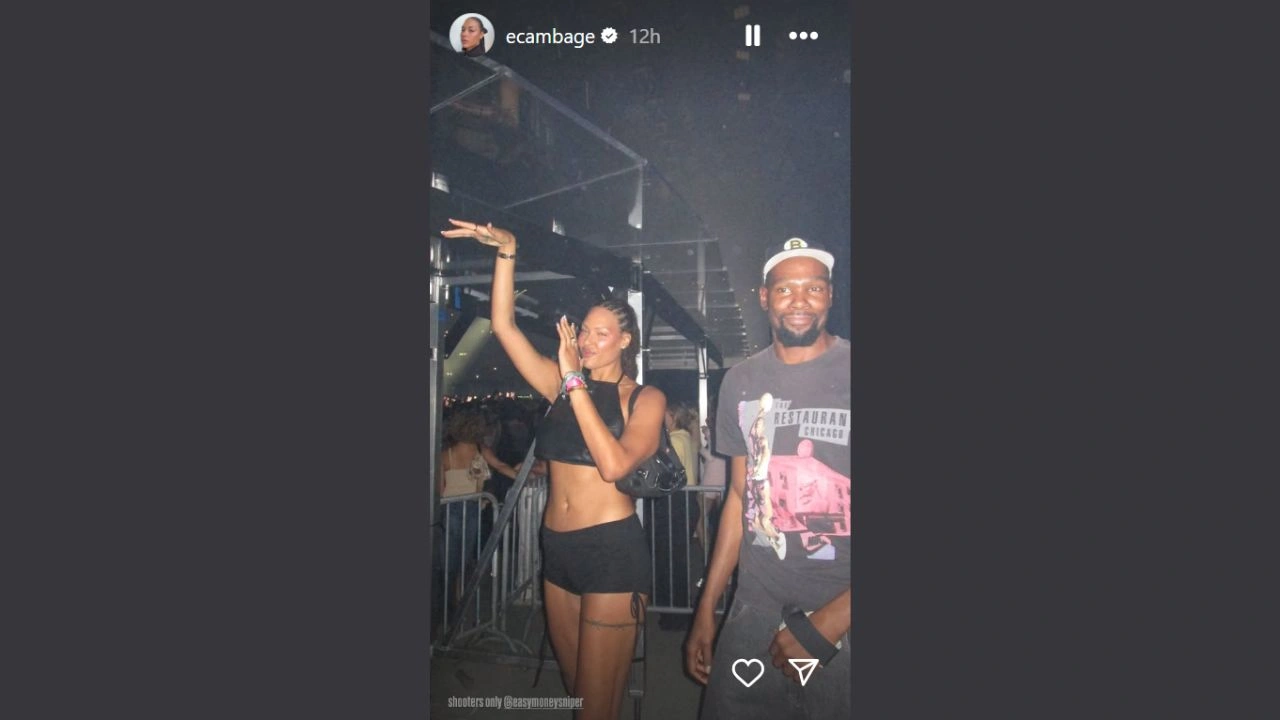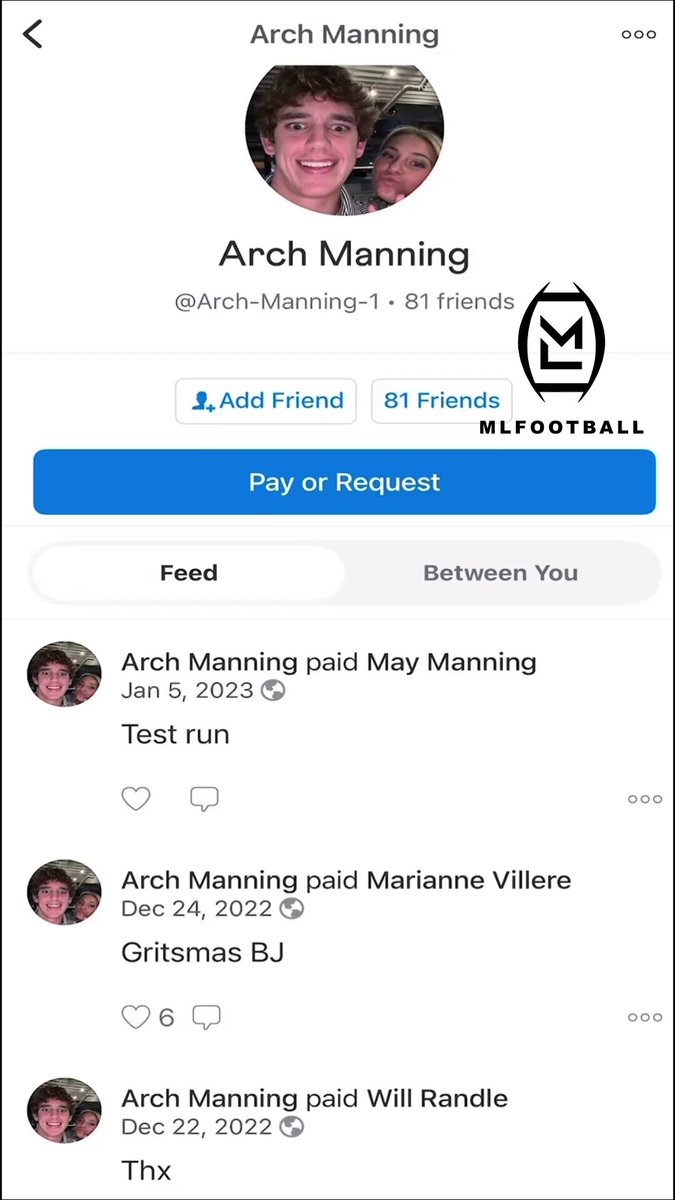Content warning: This piece includes descriptions of eating disorders and self-harm that may be triggering to some readers.
Soon after E turned 16, she started seeing TikToks that urged her to lose weight. People in the “SkinnyTok” community called them “harsh motivation.”
Some girls printed out photos of underweight models and taped them to their fridge doors. Others shared mantras to stop eating, like “you don’t need a treat, you’re not a dog.”
The phrase that stuck with E the most was “your stomach isn’t growling, it’s applauding.” For around two months she restricted calories to a dangerously low amount, she said, because “that’s what they told me to do.”
“It felt so comforting and motivating to see those videos,” says E, who doesn’t want her name used due to privacy concerns. “There are so many accounts like these, which made me think, ‘Oh yeah, this is normal.’”
It’s easy to find TikToks like the ones E described—but the platform is far from being an outlier. “SkinnyTok” is a genre of videos about weight loss, ranging from “harsh motivation” to food diaries showing what women eat to stay “lean.” It has been compared to “pro-anorexia” and “pro-eating-disorder” communities that have thrived for over a decade on platforms like Tumblr. More recently, on X, pro-eating-disorder groups have attracted hundreds of thousands of members through algorithmic recommendation. The groups proliferated after Elon Musk bought the platform in 2022, and users say they have flourished due to lack of moderation. TikTok says it has cracked down on these types of posts, saying pro-eating-disorder content is banned on its platform and that it has taken other steps to mitigate the issue. But experts tell WIRED that both social media and the widespread nature of GLP-1 weight-loss drugs (which are often advertised on the platforms) can be triggering, not only to people who are in recovery from eating disorders but also to people who have never struggled with them before.









































































